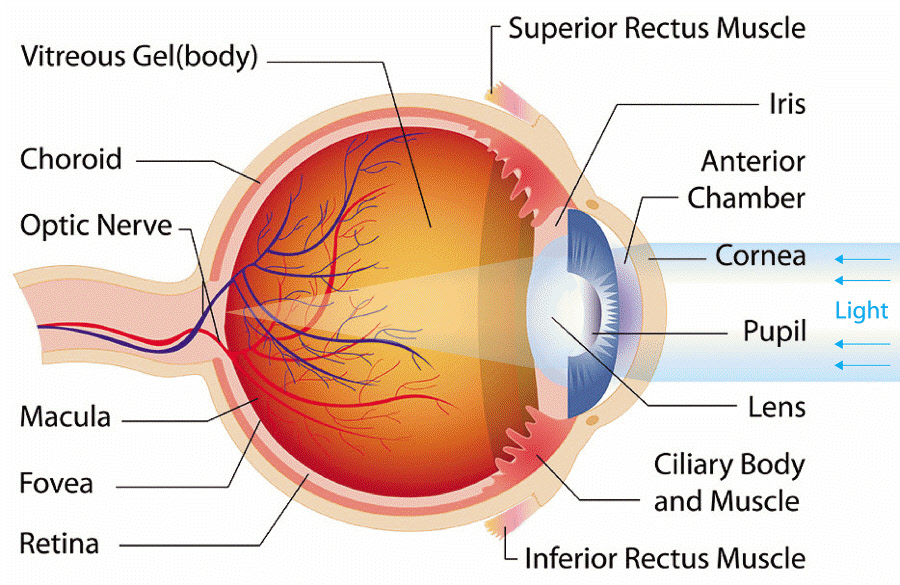
Cataract is clouding of the lens in the eye that affects vision. It is extremely common among seniors. In a normal eye, light passes through the transparent lens to the retina. Once it reaches the retina, light is changed into nerve signals that are sent to the brain. The lens must be clear for the retina to receive a sharp image. If the lens is cloudy from a cataract, the image seen will be blurred.
The risk for cataract increases as a person gets older. Diabetes also puts a person at increased risk for cataracts. Prolonged exposure to sunlight, smoking, and alcohol increases a person’s risk.
What are the symptoms of cataract?
- Cloudy or blurry vision
- Colors seem faded
- Glare
- Poor night vision
- Double vision
Frequent prescription changes in eyeglasses or contact lenses
How are cataracts detected?
Cataract is detected through a comprehensive eye exam that includes:
- Visual acuity test. This eye chart test measures how well a person can see at various distances.
- Dilated eye exam. Eye care professionals use special magnifying lens to examine the retina and optic nerve for signs of damage and other eye problems.
How are cataracts treated?
The symptoms of early cataract may be improved with new eyeglasses, brighter lighting, antiglare sunglasses, or magnifying lenses. If these measures do not help, surgery is the only effective treatment. A cataract needs to be removed when vision loss interferes with everyday activities, such as driving, reading, or watching television. Surgery involves removing the cloudy lens and replacing it with an artificial lens. Cataract removal is one of the most common surgeries performed in the United States. It also is one of the safest and effective. In about 90% of cases, people who have had cataract surgery report better vision afterward.
What can a person do to prevent cataracts?
Wearing sunglasses and a hat with a brim to block ultraviolet sunlight may help to delay cataract. Stopping smoking is beneficial at any age. Good nutrition such as eating fruits and vegetables rich in antioxidants will help reduce the risk of age-related cataract. Seniors need to have a comprehensive dilated eye exam at least once every two years.


Leave a Reply